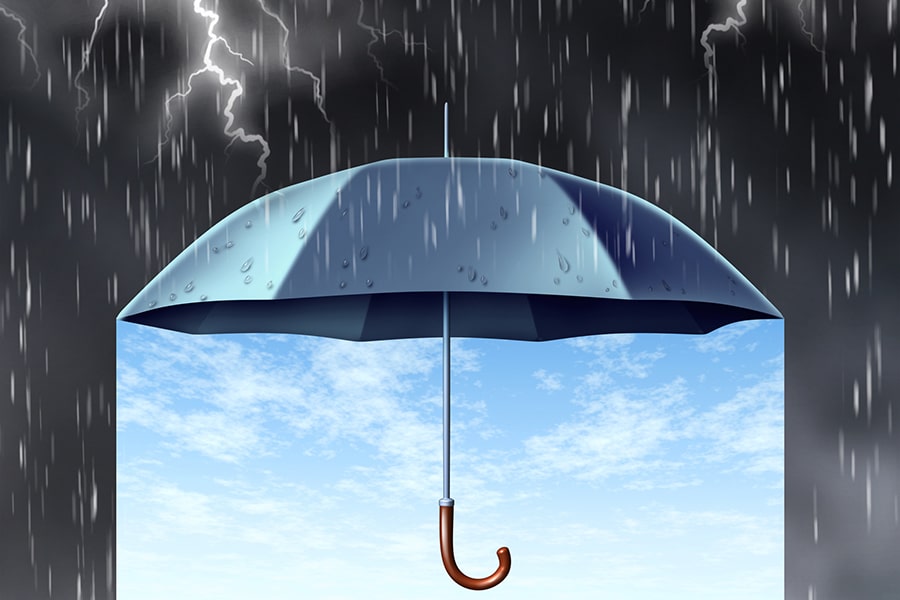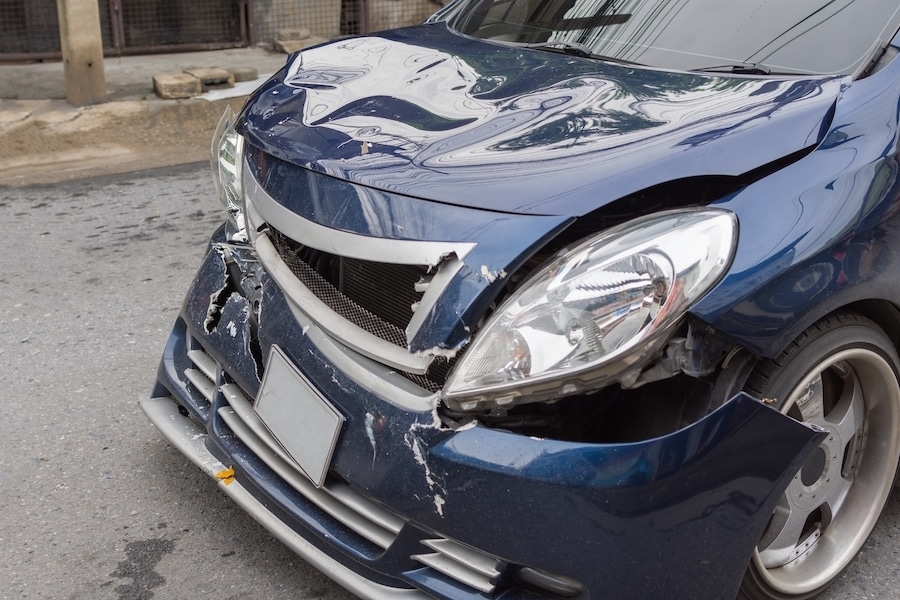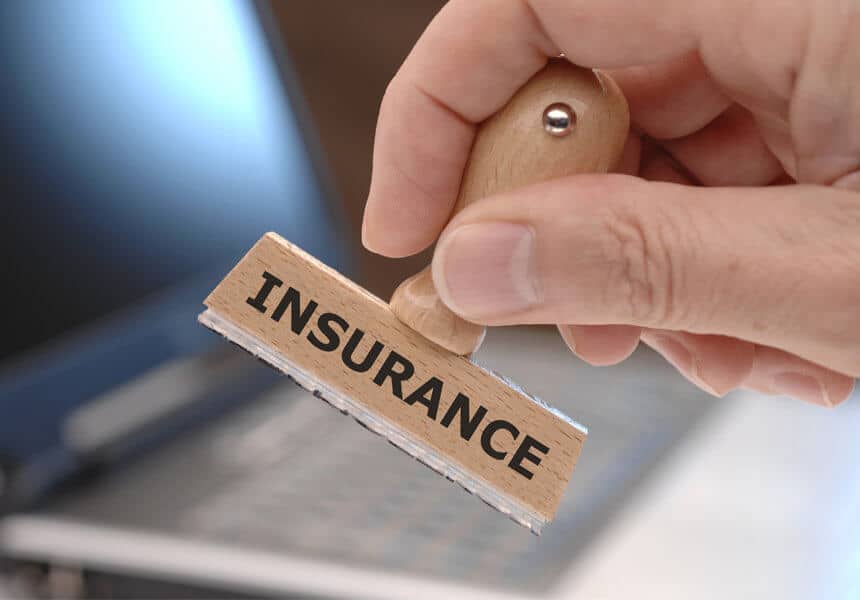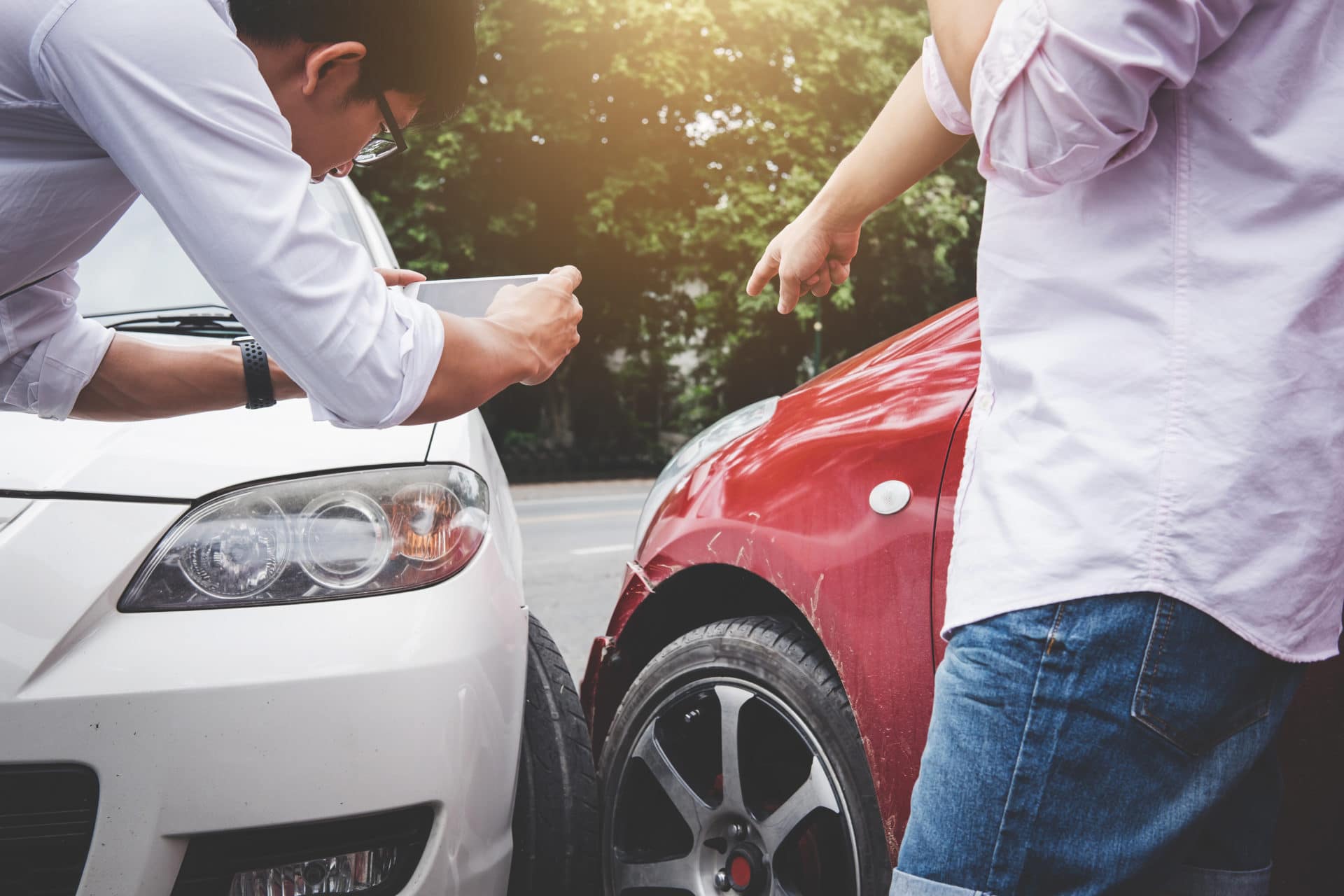Blog
What Does Collision Insurance Cover?
All motorists are required to maintain state-minimum liability insurance coverage for bodily injury and property damage that you may cause. […]
Recent
Why Casa Grande and Maricopa Drivers Are Paying More for Car Insurance—And How Gebhardt Insurance Group Can Help Lower Your Premium
As your hometown insurance agency serving Casa Grande and...
June 12, 2025Navigating Arizona Car Insurance: How to Choose the Right Coverage
When purchasing car insurance in Arizona, drivers have se...
May 22, 2025Liability Insurance
 Business Insurance, Auto Insurance, Home Insurance, Insurance, Liability Insurance, Life Insurance
Business Insurance, Auto Insurance, Home Insurance, Insurance, Liability Insurance, Life InsuranceThe Different Types of Business Insurance
October 19, 2020 Auto Insurance, Insurance, Liability Insurance
Auto Insurance, Insurance, Liability InsuranceComprehensive vs. Collision Coverage for Car Insurance in Arizona
November 30, 2019Recent
Why Casa Grande and Maricopa Drivers Are Paying More for Car Insurance—And How Gebhardt Insurance Group Can Help Lower Your Premium
As your hometown insurance agency serving Casa Grande and...
June 12, 2025Navigating Arizona Car Insurance: How to Choose the Right Coverage
When purchasing car insurance in Arizona, drivers have se...
May 22, 2025


